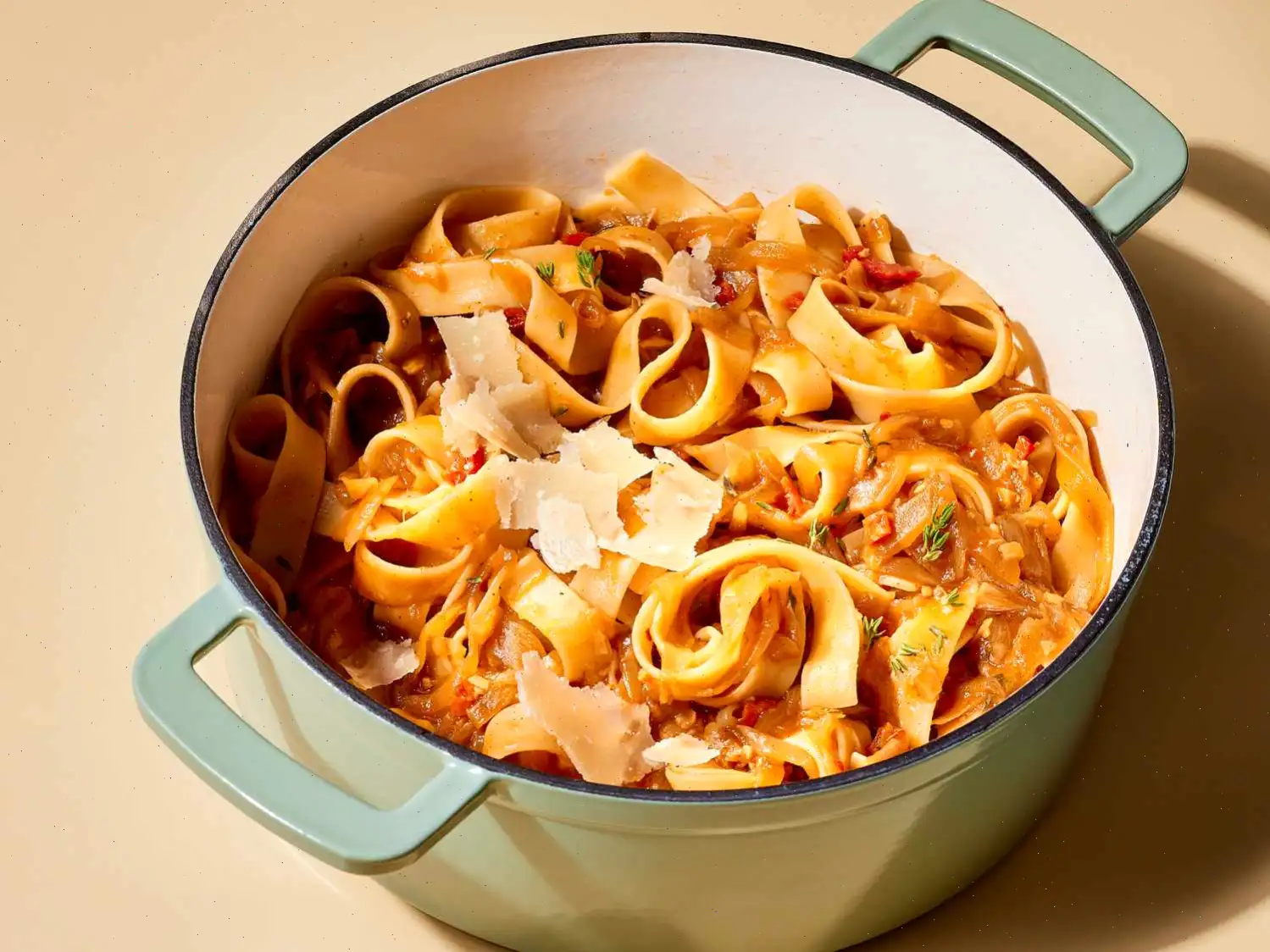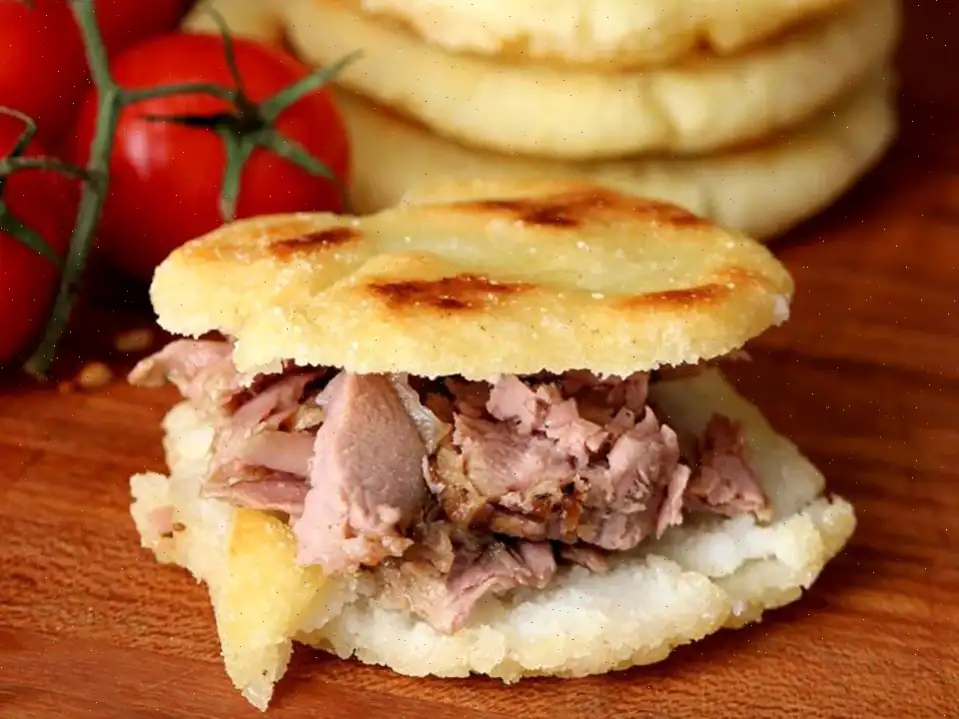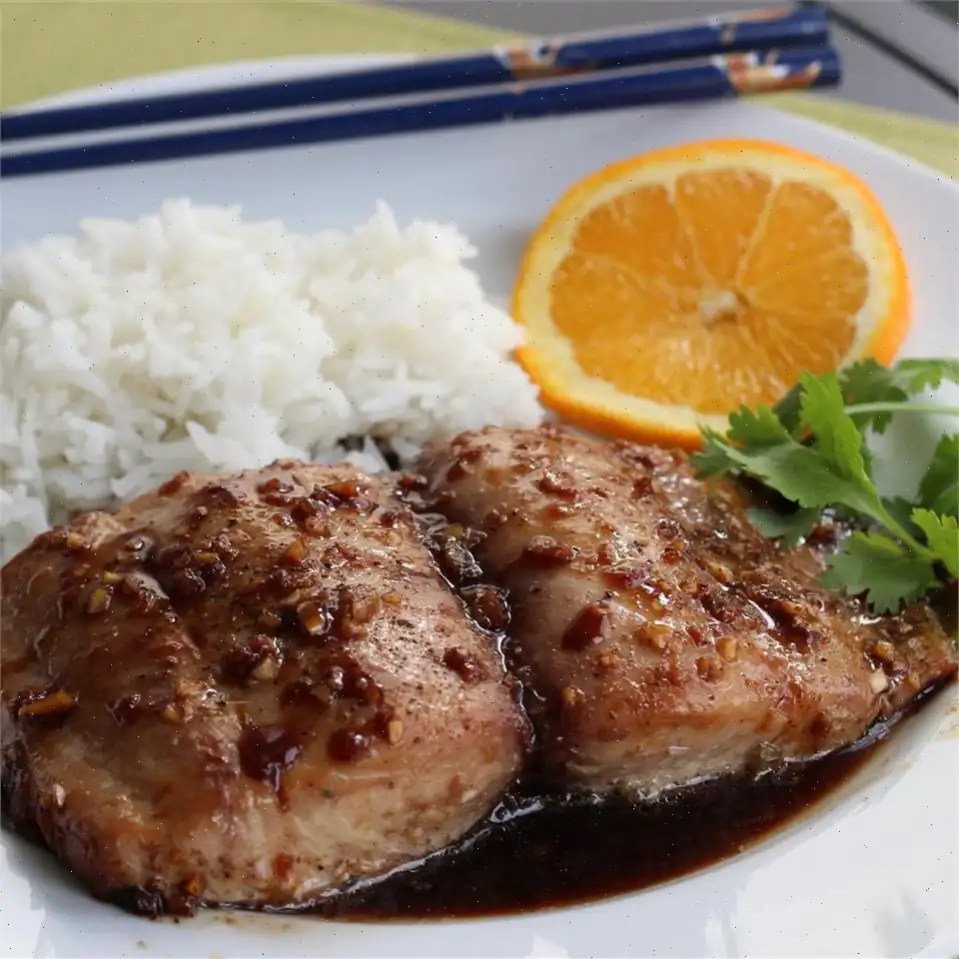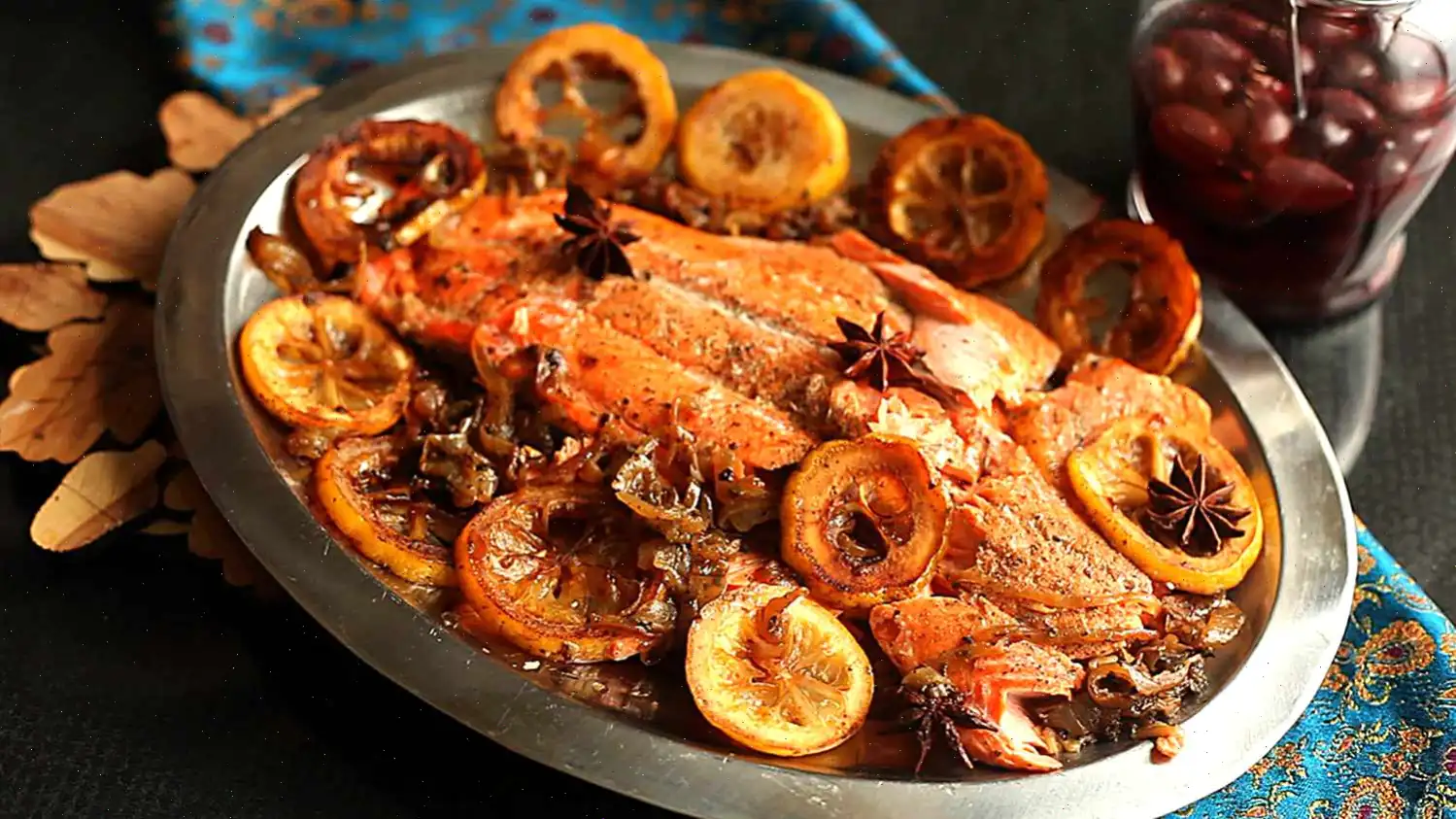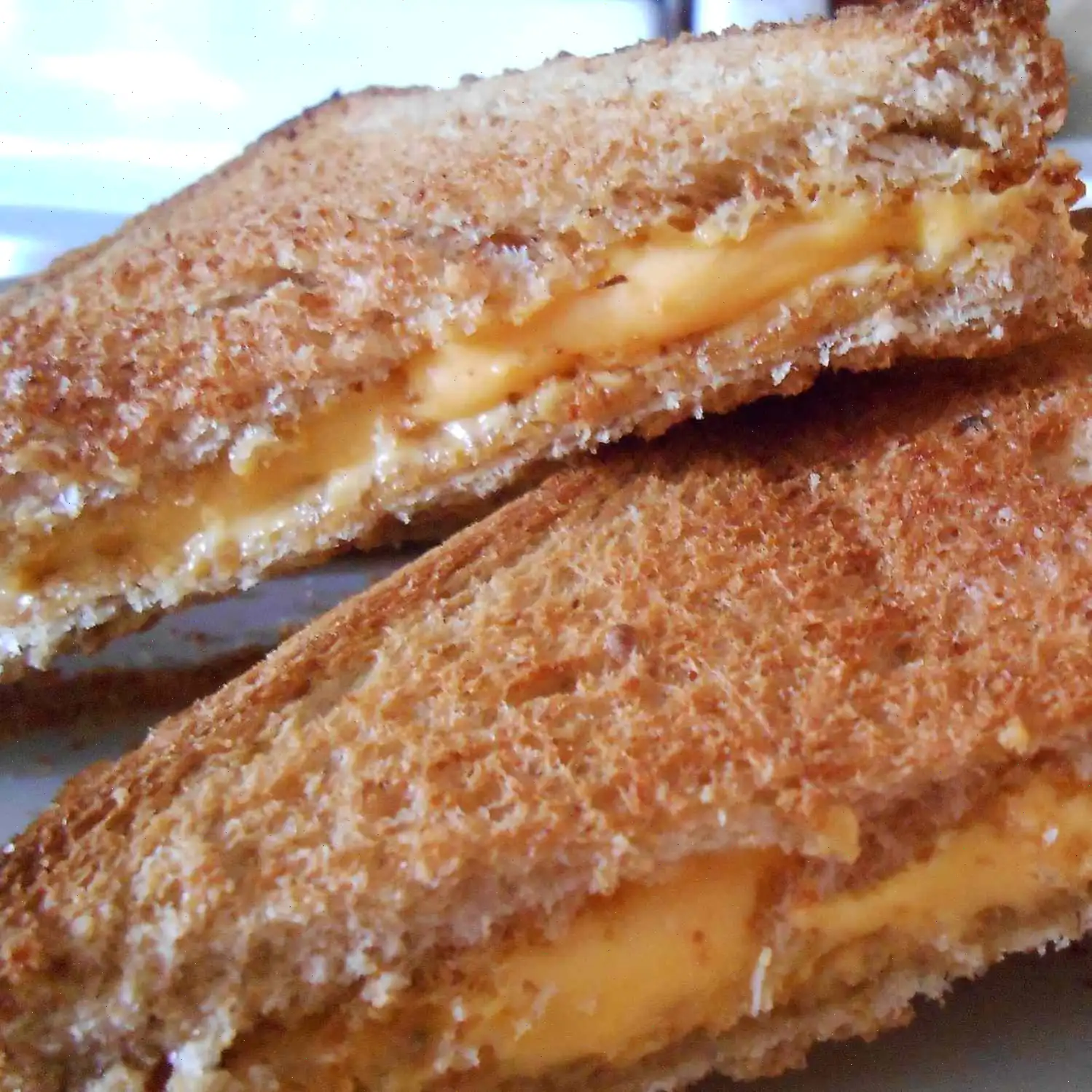
Pappardelle with Jammy Onion Ragu Recipe
Ingredients
- 7 tablespoons butter, divided
- 8 cups yellow onions, halved lengthwise and thinly sliced (about 2 1/2 pounds)
- 3/4 teaspoon salt
- 4 cloves garlic, minced
- 3 tablespoons tomato paste
- 1/3 cup dry white wine
- 3 cups low-sodium chicken broth or vegetable broth
- 2 bay leaves
- 1 teaspoon chopped fresh thyme, plus more for garnish
- 1/4 teaspoon crushed red pepper
- 1/8 teaspoon ground cloves
- 2 tablespoons finely chopped oil-packed sun-dried tomatoes
- 2 teaspoons balsamic vinegar
- 1/4 teaspoon freshly ground black pepper
- 16 ounces dried pappardelle or tagliatelle pasta
- Shaved Parmesan cheese, for serving
Directions
- In a large, deep, heavy-bottomed skillet or 8-quart Dutch oven, melt 5 tablespoons of butter over medium heat.
- Add the onions and 1/4 teaspoon of salt, then toss to coat the onions in the butter.
- Cover and cook, stirring occasionally, until the onions are tender, about 15 minutes.
- Increase the heat to high. Cook, stirring constantly, until the onions begin to brown, about 3 to 5 minutes.
- Reduce heat to medium, add garlic, and cook, stirring, until fragrant, about 1 minute.
- Stir in the tomato paste and cook, stirring constantly, until the mixture begins to darken, about 1 to 2 minutes.
- Add wine to the skillet. Use a wooden spoon or spatula to scrape up any browned bits from the bottom of the pot. Simmer for 2 minutes.
- Pour in the broth, bay leaves, thyme, crushed red pepper, and cloves. Bring to a boil.
- Reduce heat to low and simmer, stirring occasionally, until the liquid is reduced and the onions are jammy with a small amount of liquid left at the edges, about 25 minutes.
- Meanwhile, cook the pasta according to the package instructions. Drain, reserving 1/2 cup of the cooking water.
- Remove the sauce from heat. Discard the bay leaves and stir in sun-dried tomatoes, balsamic vinegar, black pepper, remaining butter, and 1/2 teaspoon of salt.
- Stir the cooked pasta into the warm sauce, adding the reserved pasta cooking water a little at a time until the sauce reaches your desired consistency.
- Serve the pasta with shaved Parmesan cheese and garnish with fresh thyme.
Nutrition Facts (per serving)
- Calories: 530
- Total Fat: 17g (22% DV)
- Saturated Fat: 9g (47% DV)
- Cholesterol: 94mg (31% DV)
- Sodium: 476mg (21% DV)
- Total Carbohydrates: 78g (28% DV)
- Dietary Fiber: 5g (17% DV)
- Total Sugars: 16g
- Protein: 17g (33% DV)
- Vitamin C: 21mg (23% DV)
- Calcium: 114mg (9% DV)
- Iron: 3mg (19% DV)
- Potassium: 792mg (17% DV)
The Rich Heritage of Pappardelle with Jammy Onion Ragu
Pappardelle, a wide, flat egg pasta originating in Tuscany, has been a cornerstone of Italian cuisine for centuries. Traditionally handmade, its broad surface allows it to hold thick, hearty sauces exceptionally well. The jammy onion ragu, a luscious caramelized onion sauce, complements the pappardelle perfectly, creating a dish that balances simplicity and depth. This recipe draws inspiration from rustic Tuscan kitchens, where slow-cooked, flavor-intense sauces were often paired with fresh, egg-enriched pasta to transform humble ingredients into gourmet experiences.
Regional Nuances
While pappardelle is found throughout Italy, the combination with jammy onion ragu is especially linked to Tuscanys countryside. In this region, onions are caramelized slowly with butter, wine, and broth, sometimes enhanced with herbs like thyme and subtle spices such as cloves. Each village may add its unique twistsome use sun-dried tomatoes, others a touch of balsamic vinegarshowcasing the Italian tradition of adapting a basic recipe to local produce and tastes.
Distinguishing Features
This dish differs from other pasta sauces like Bolognese or Marinara primarily in texture and flavor layering. Unlike meat-based ragus, the jammy onion version relies on slow caramelization and wine reduction, creating natural sweetness and a silky, concentrated sauce. Its gentle spice and herb notes distinguish it from tomato-heavy or cream-based pastas, emphasizing the onions inherent umami rather than overt seasoning.
Typical Serving Context
Pappardelle with jammy onion ragu is versatile, appearing in both casual family meals and fine dining settings. In Italy, it is often served as a primo course during a multi-course meal. Outside Italy, it can appear as a main dish in Italian restaurants, frequently accompanied by shaved Parmesan, crusty bread, and a light salad. Its comforting, rich texture makes it ideal for autumn and winter gatherings.
Interesting Facts
- Pappardelle derives from the verb pappare, meaning to gobble up, reflecting how the pastas wide ribbons are perfect for scooping up sauce.
- Caramelizing onions slowly transforms their natural sugars, producing a jam-like consistency that gives this ragu its signature depth without added sugar.
- This recipes use of a small pinch of cloves is a nod to historical Italian cooking, where spices were treasured and used sparingly for aromatic complexity.
- In Tuscany, fresh egg pasta is traditionally made in large batches for weekly consumption, making dishes like this both practical and celebratory.
- Combining sun-dried tomatoes with jammy onions adds a subtle tang that balances the natural sweetness, a technique that reflects the Italian principle of flavor harmony.
Overall, Pappardelle with Jammy Onion Ragu is not only a showcase of Tuscan culinary artistry but also a celebration of simple ingredients elevated through time, technique, and patience. Its charm lies in the way humble onions and butter transform into a sophisticated, comforting sauce that clings perfectly to every ribbon of pasta.
You can listen to this recipe in AI audio format. Simply click the play button below to listen to the content in a format that suits you best. It’s a great way to absorb information on the go!
FAQ about Pappardelle with Jammy Onion Ragu Recipe
Comments
Joseph Wright
12/25/2023 05:31:43 AM
This dish is absolutely fantastic! I can't believe I forgot to add the balsamic vinegar though. I'm a bit annoyed with myself for that mistake, but everyone still thoroughly enjoyed it! Instead of using fresh thyme as a garnish, I added it during the sauce simmering process. I chose to serve it more like spaghetti by placing the pappardelle on the plate and then topping it with the sauce. Every aspect of this recipe was perfect! It does require some effort, but it's definitely worth it. Huge thanks to Sarah Brekke!
Jennifer Evans
09/03/2023 07:58:22 PM
I followed the recipe exactly, but ended up with a dish that was oddly lacking in seasoning yet also overwhelming in flavor. The mild flavors were overshadowed by the excessive amount of cloves, giving the dish a harsh and unpleasant taste. If you decide to try this recipe, I would suggest omitting the cloves altogether. However, personally, I wouldn't make it again as there are many other delicious pasta dishes to choose from.
Sharon Smith
02/18/2025 10:16:04 AM
The dish required a lot of effort to prepare, but the taste did not justify the time and energy spent.


